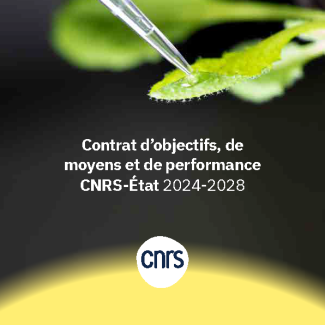
Storing solar energy in molecules and converting it into heat energy
Photochromic molecules can store light energy, but could they also convert it into heat? That is the challenge recently met by scientists from the CNRS and ENS Paris-Saclay1 2 . The team identified a mechanism by which these molecules release this energy in thermal form, and can subsequently be reused in multiple cycles of energy storage/conversion.
Thanks to the addition of a very small amount of acid, chemists were able to effectively control the thermal back reaction in this reversible process. These molecules, which are very resistant to light, are part of a family of original photosensitive switches that store solar energy in chemical form, and then transform it “on demand” into thermal energy.
The study, which was published in the journal Chemical Science on September 25, paves the way for the development of high-performance and controllable storage systems for renewable energy.
- 1Working at the Supramolecular and Macromolecular Photophysics and Photochemistry Laboratory (CNRS/ENS Paris-Saclay), in collaboration with teams from the Institute of Molecular Chemistry and Materials of Orsay (CNRS/Université Paris-Saclay), in addition to the Processes, Materials, and Solar Energy Laboratory (CNRS/Université Perpignan).
- 2Collaborative project funded by the ANR.
Acid-Sensitive Photoswitches: Towards Catalytic On-Demand Release of Stored Light Energy. Léa Chocron, Nicolò Baggi, Enrique Ribiero, Vincent Goetz, Pei Yu, Keitaro Nakatani, and Rémi Métivier. Chemical Science, le 25 septembre 2024.


